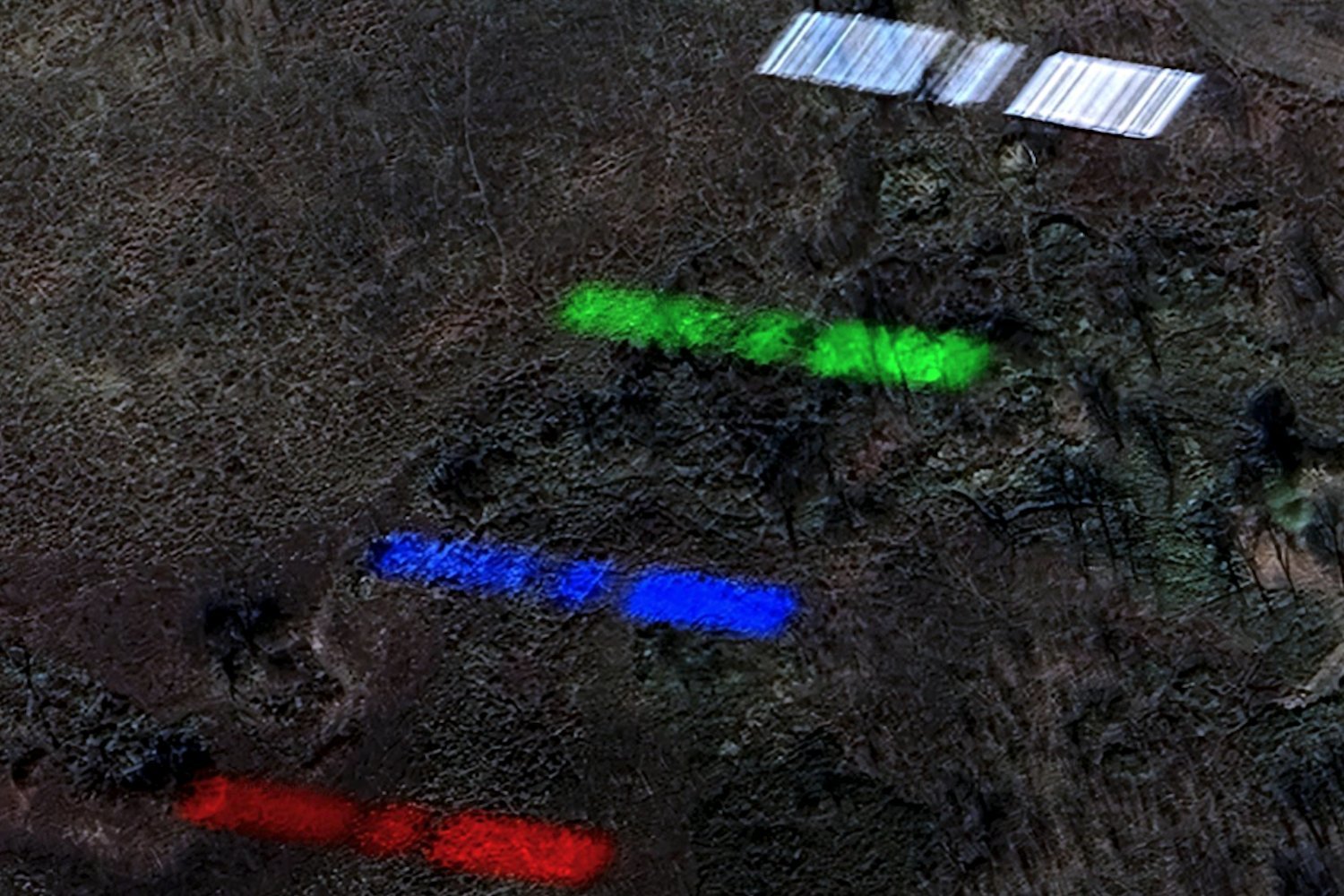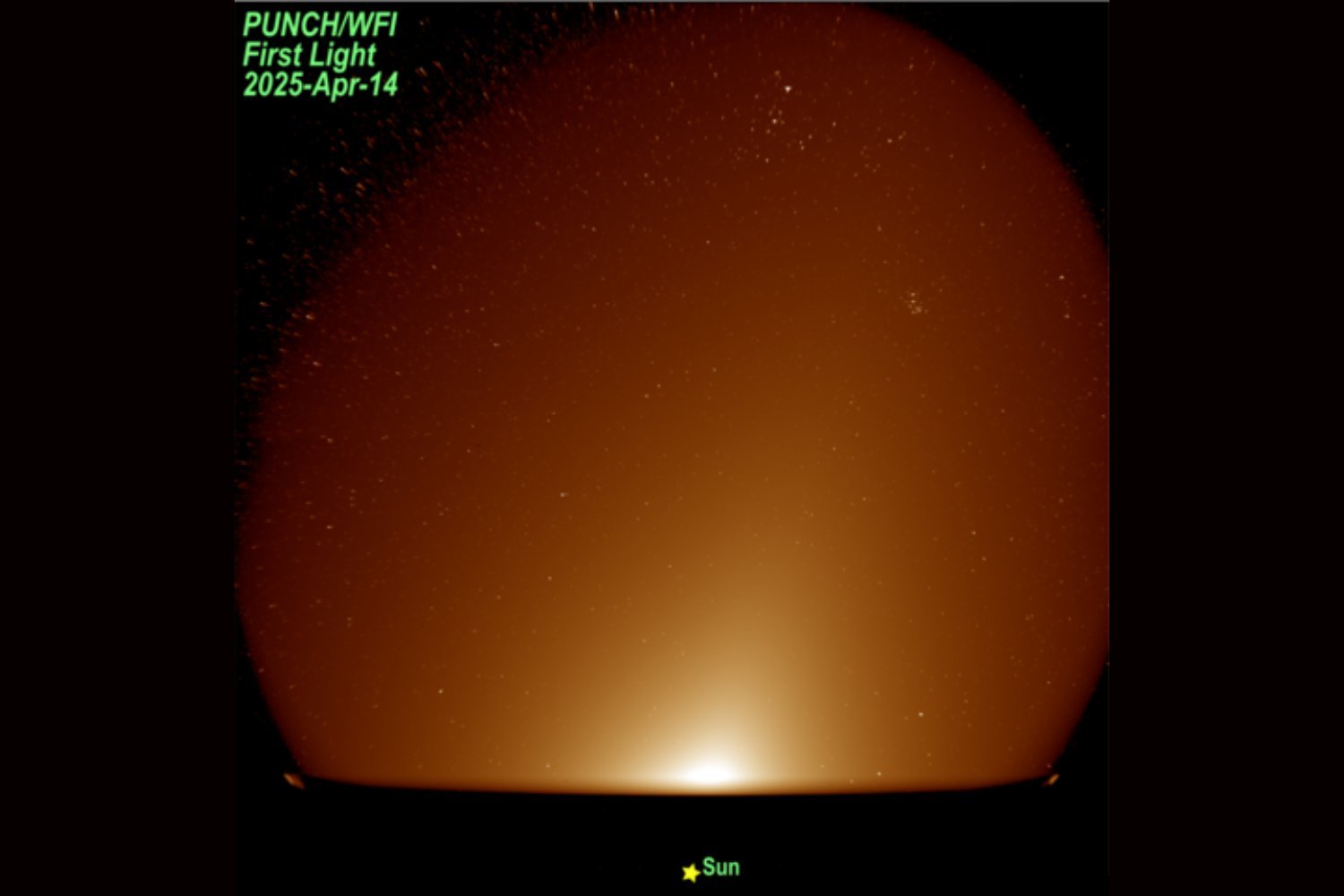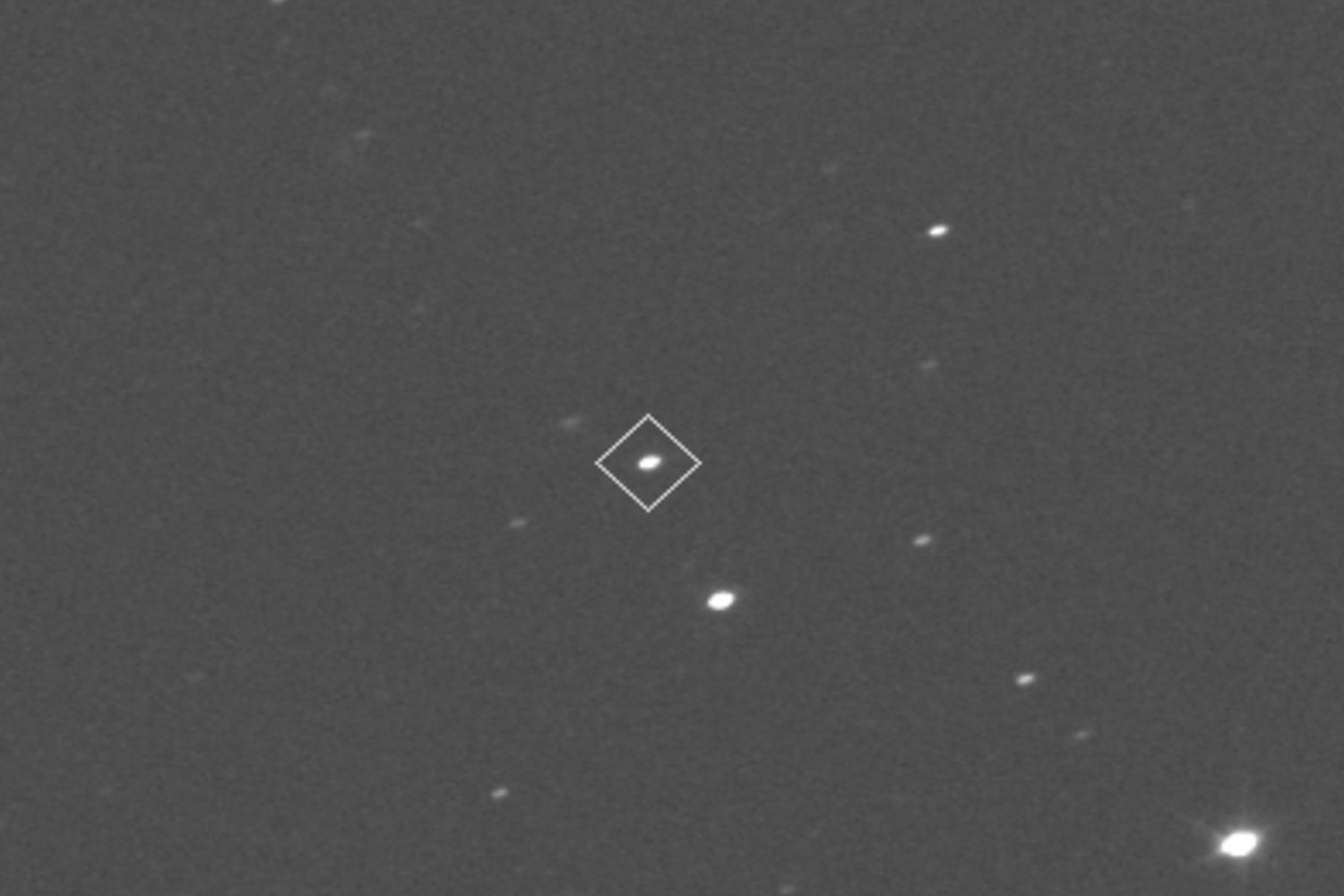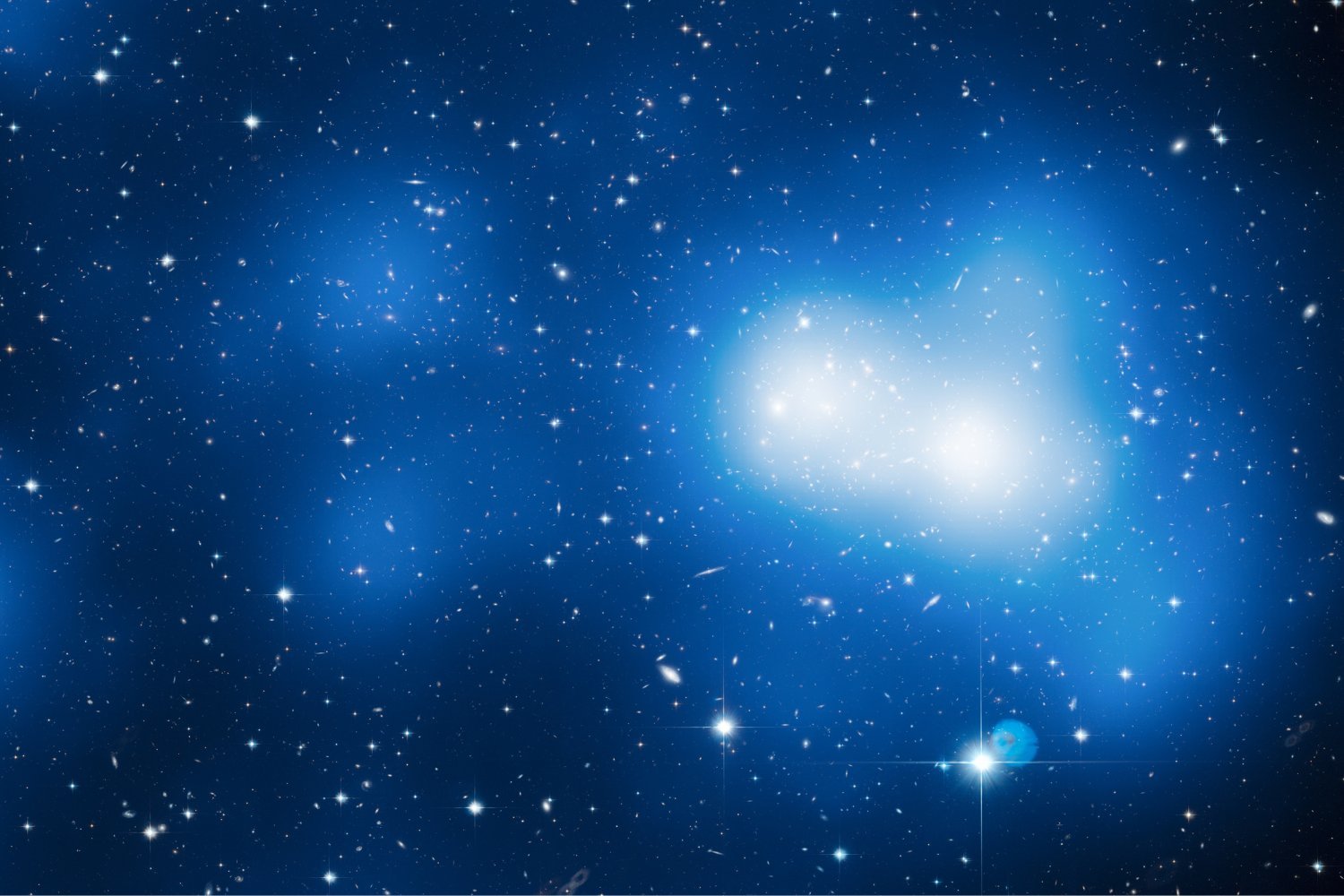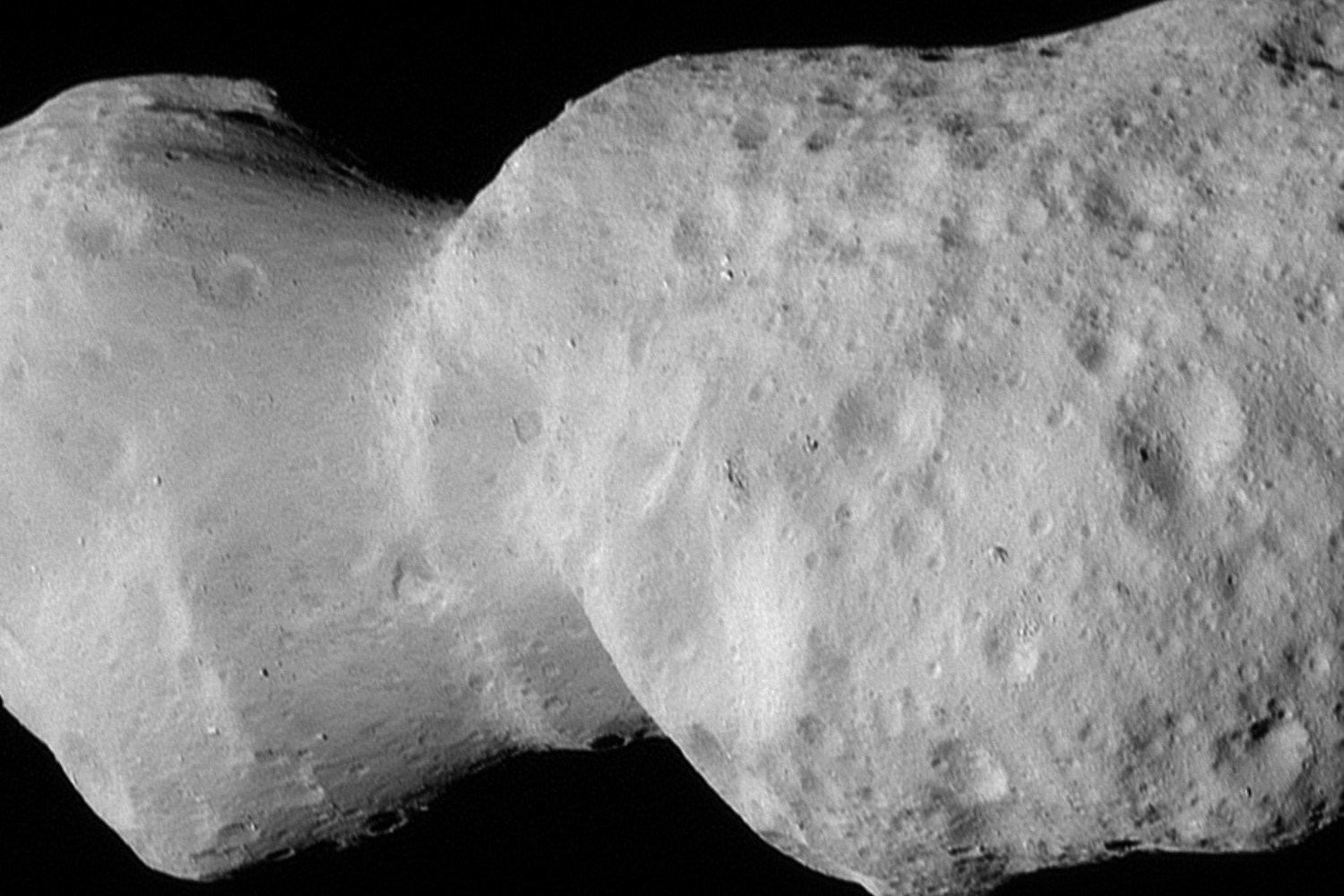A recent Google Earth image captured a peculiar sight: what appears to be a multi-colored, ghostly satellite streaking across the sky over northern Texas. The image, taken near the Hagerman Wildlife Refuge close to Gainesville, Texas, has sparked curiosity and speculation online. Let’s delve into this fascinating phenomenon and explore the science behind it.
A Satellite in Motion
The image, initially highlighted by Reddit users, shows the satellite appearing multiple times within the same frame. This unusual effect is a result of the satellite’s high speed and the way the image was captured. The satellite appears four distinct times, creating a visual trail that resembles something out of a science fiction movie. This rare glimpse into orbital flight provides a unique perspective on the speed and dynamics of satellites in low Earth orbit.
Identifying the Satellite
While the exact satellite remains unidentified, astronomer Jonathan McDowell of the Harvard-Smithsonian Center for Astrophysics suggests it could be a SpaceX Starlink satellite. These satellites operate in low Earth orbit, known for their high speeds and extensive coverage. Further investigation is needed to confirm the satellite’s identity, but the possibility of it being a Starlink satellite adds another layer of intrigue to the image.
The Science Behind the “Ghost”
The multi-colored, ghostly appearance of the satellite is a result of the imaging technology used. The image was captured by the Pleiades-1B satellite, a high-resolution Earth-imaging satellite. Pleiades-1B uses four spectral bands—red, blue, green, and near-infrared—to capture images. These images are taken in rapid succession, fractions of a second apart, and then combined to create a single, composite image that mimics how the human eye perceives color.
Because the unidentified satellite moves so quickly, its position shifts slightly between each capture in the different spectral bands. When these images are combined, the satellite’s movement creates the blurred, multi-colored “ghost” effect seen in the final image.
The Speed of Orbit
Satellites in low Earth orbit travel at incredible speeds, roughly 17,500 miles per hour (28,000 kilometers per hour). This high velocity is necessary to counteract Earth’s gravitational pull and maintain their orbit. In this case, the satellite’s speed is the key factor behind its unusual appearance in the Google Earth image.
Conclusion
This Google Earth image offers a captivating glimpse into the world of satellite technology and orbital mechanics. The “ghostly” satellite streaking across the Texas sky serves as a visual reminder of the incredible speeds at which these objects travel and the sophisticated imaging techniques used to observe our planet. While the exact identity of the satellite remains a subject of investigation, the image itself provides a valuable opportunity to learn about and appreciate the complexities of space exploration and Earth observation.



